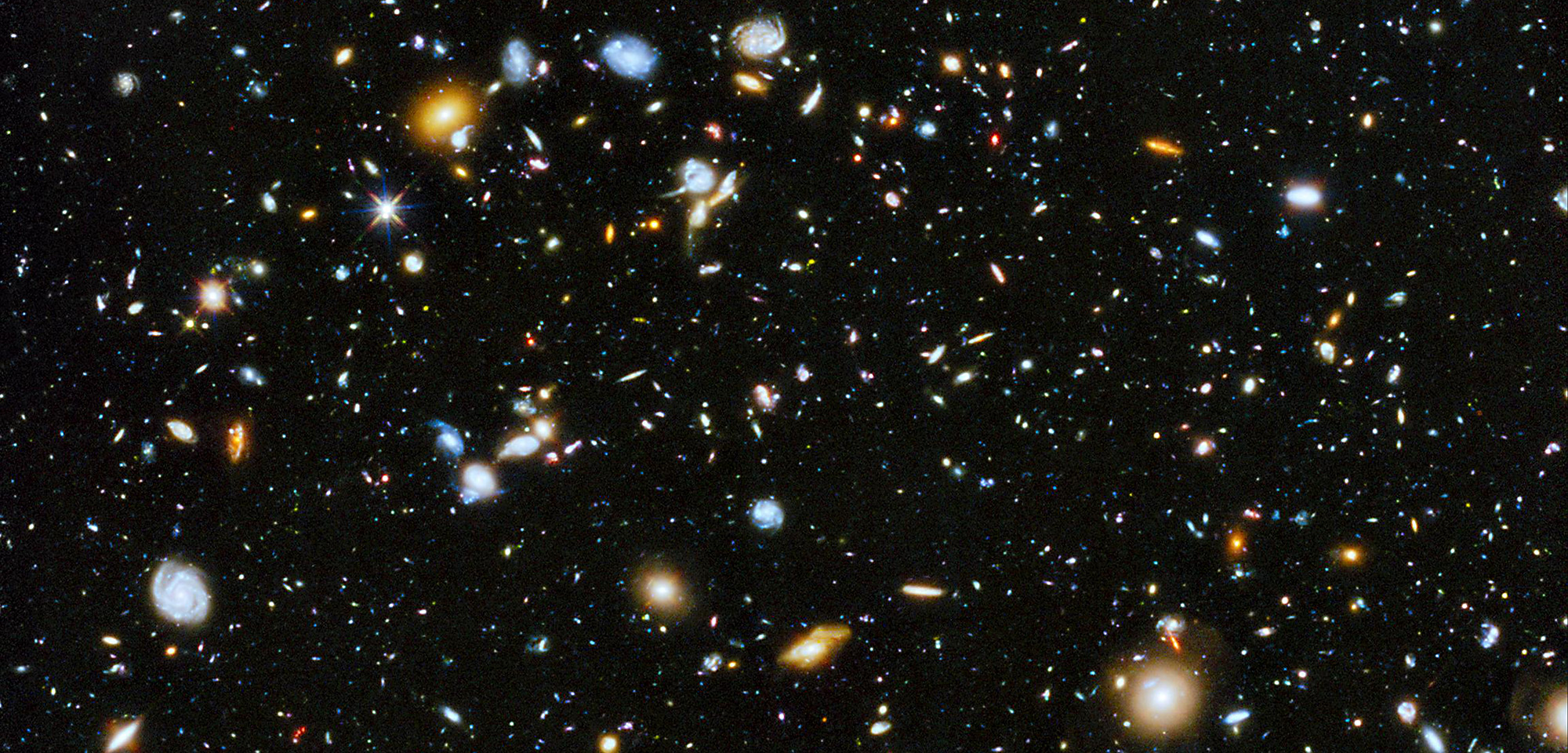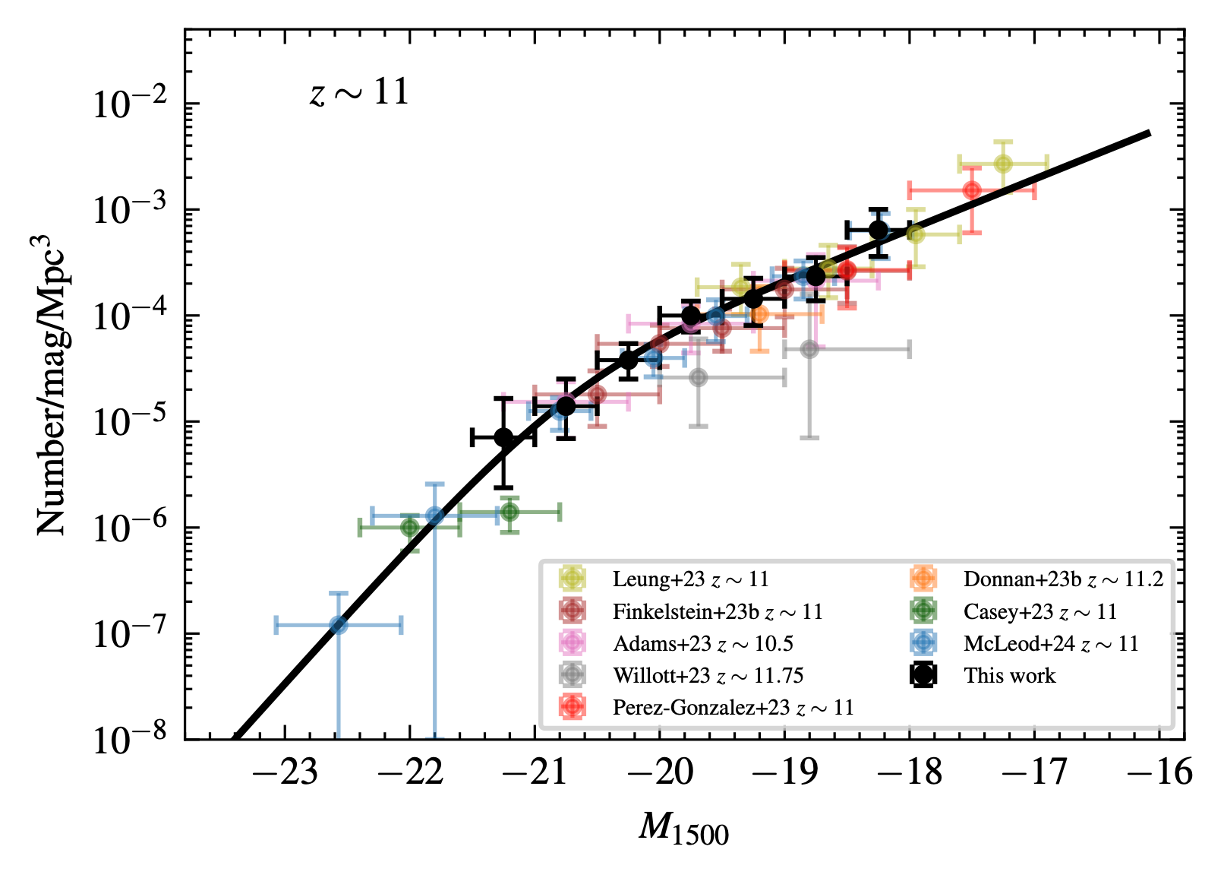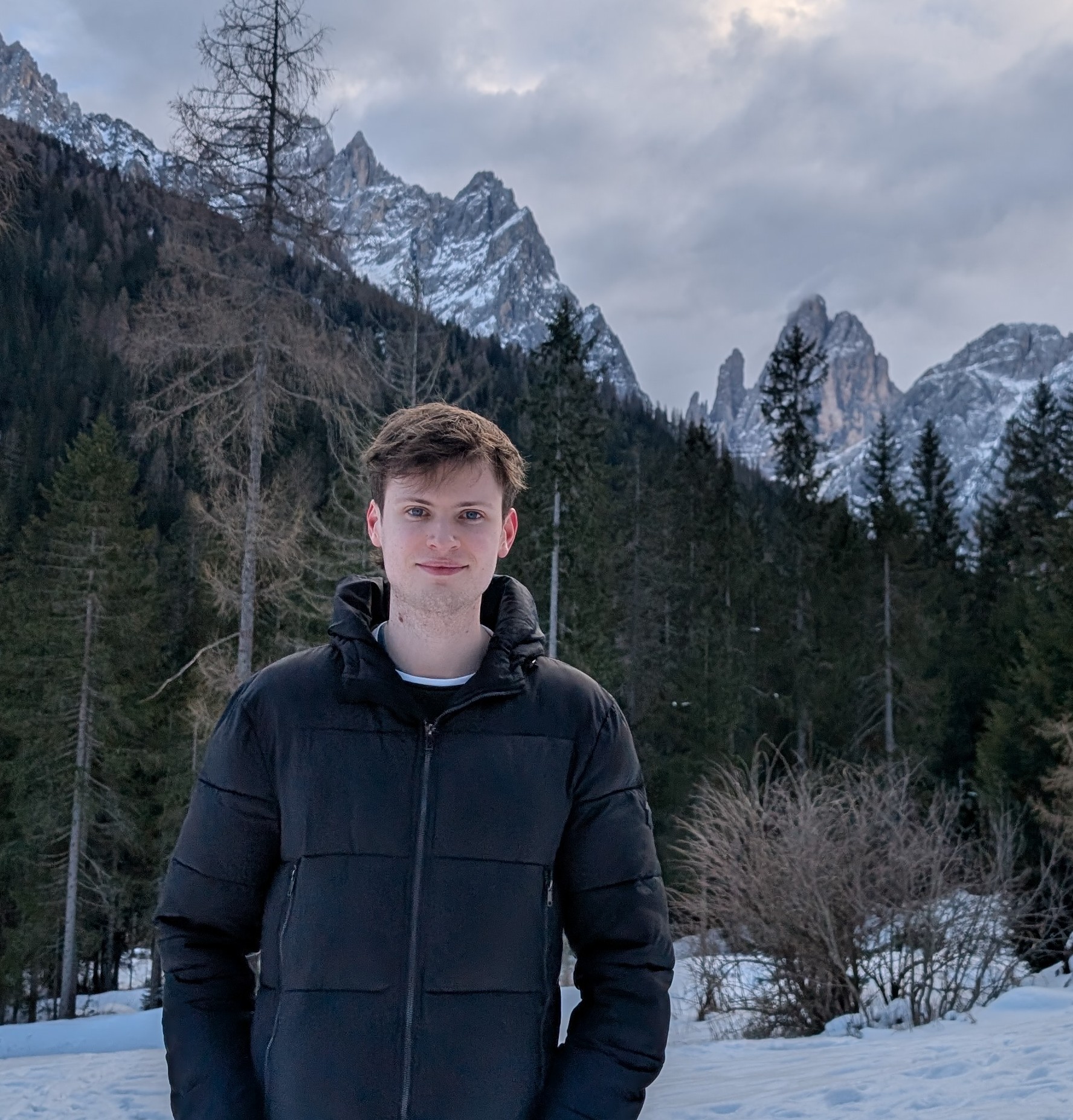About Me

Research Postions:
(2025-present): Postdoctoral Research Associate at NOIRLab
Education:
(2021 - 2025): PhD at University of Edinburgh (Supervisors: James Dunlop, Ross McLure, Derek McLeod)
(2016 - 2021): MPhys (1st class) at University of St Andrews (Supervisor: Rita Tojeiro)
Research Interests: First galaxies, cosmic reionization, galaxy formation and evolution, large-scale structure
Publications:
Donnan, C.T., McLure R. J., Dunlop J. S., et al., (2024), arXiv:2403.03171 : “JWST PRIMER: A new multi-field determination of the evolving galaxy UV luminosity function at redshifts z=9-15”
Donnan, C.T., McLeod D. J., McLure R. J., et al., (2023), MNRAS : “The abundance of z>10 galaxy candidates in the HUDF using deep JWST NIRCam medium-band imaging.”
Donnan, C.T., McLeod D. J., Dunlop J. S., et al., (2023), MNRAS : “The evolution of the galaxy UV luminosity function at redshifts z=8-15 from deep JWST and ground-based near-infrared imaging.”
Donnan C.T., Tojeiro R., Kraljic, K., 2022, Nature Astronomy : “The role of the cosmic web in the scatter of the galaxy mass-metallicity relation”
A full list can be found here.
Research

The First Galaxies
I use optical/NIR surveys from the ground and space to probe the earliest stages of galaxy formation and evolution.
I use these surveys to measure how the galaxy population evolves with cosmic time. Primarily, I study the evolution of the UV luminosity function and cosmic star-formation rate density at z=8-15 using JWST/NIRCam surveys such as PRIMER, JADES, NGDEEP and CEERS. The above figure shows the latest measurements of the z=11 UV LF (Donnan et al. 2024).
In my latest paper, Donnan et al. (2024), we analysed the PRIMER, JADES and NGDEEP surveys
covering ~ 370 sq. arcmins to robustly determine the UV LF at z=9-15. We accurately determine the p(z)'s for ~2500 galaxies using an LF prior (built from the early JWST measurements) and implement a more statistically robust method (over the traditional 1/Vmax method) to determine the UV LF.
We obtain robust measurements over ~4 magnitudes of UV luminosity at z=9,10,11 and z=12.5 allowing the evolution of the normalisation and shape to be constrained. We find a slow evolution in the UV LF and cosmic star-formation rate density (SFRD) over these redshifts reaffirming
our earlier work Donnan et al. (2023a,b).
We constructed a simple model based on the halo mass function which is able to reproduce the observational SFRD measurements with no change to cosmology, dust attenuation or star-formation efficiency. Instead, they can be reproduced with increasingly younger stellar populations at increasing redshift, consistent with theoretical expectation.
Galaxy Evolution in the Cosmic Web
On the largest scales, galaxies are distributed into a web-like structure of dense nodes connected by filaments and separated by vast voids.
Using the large spectroscopic galaxy survey SDSS as well as the cosmo-hydro simulation Illustris TNG, I explored the link between how galaxies evolve and their position relative to features of this large-scale structure.
We showed that galaxies, independent of overdensity and stellar mass, have higher gas-phase metallicities close to nodes with a weaker relationship present with filaments.
This work has been published in Nature Astronomy.
Contact
Email: callum.donnan@noirlab.edu
Address: NOIRLab,
950 N Cherry Ave,
Tucson, Az,
85719


